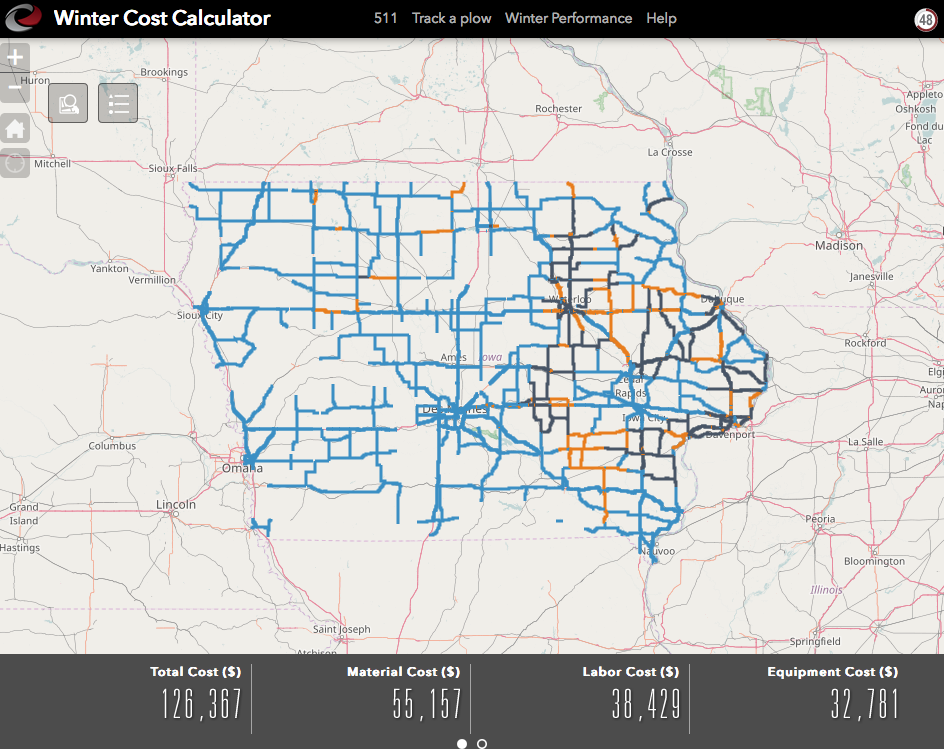
Meetings and Events | News | Research Reports | Research in Progress
Meetings and Events
 North American Snow Conference
North American Snow Conference
The American Public Works Association will host the 2017 North American Snow Conference April 23-26 in Des Moines, Iowa. The conference will feature more than 50 traditional educational sessions as well as new 20-minute Fast Track sessions running throughout the conference. The conference will also include the all-day Winter Maintenance Supervisor Certificate Program, a special session on Best Practices for Snow Fleets, a tour of the Waukee Public Works Facility, and an exhibit floor with technical sessions presented by exhibiting companies about how their products address needs in the snowfighting industry. Details.
[divider]
News
Presentations Available from 2016 International Conference on Winter Maintenance and Surface Transportation Weather
The Transportation Research Board has released presentations from its International Conference on Winter Maintenance and Surface Transportation Weather, held April 25-27, 2016, in Fort Collins, Colorado. Conference presentations addressed a range of topics, including decision support systems, equipment and materials, using connected vehicle data, resilience and climate change, and best management practices. Pre-conference sessions in eight topic areas include on-demand video of presentations. Presentations.
[divider]
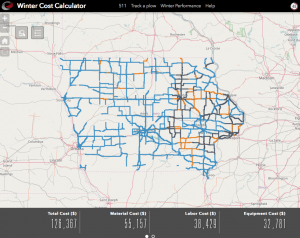
Iowa DOT Introduces Winter Cost Calculator
To help the public better understand winter road maintenance costs, the Iowa Department of Transportation has released its Winter Cost Calculator. At any time, the calculator shows the last 48 hours of material costs, labor costs, equipment costs, pounds of salt applied, and labor hours involved in winter maintenance. Users can view statewide costs or zoom to a specific area of the map. The calculator includes preloaded bookmarks for Iowa’s seven largest metropolitan areas, and users can also bookmark locations of their choice. Iowa DOT hopes the tool will facilitate conversations about the level of service it can provide with the available maintenance budget. News release.
[divider]
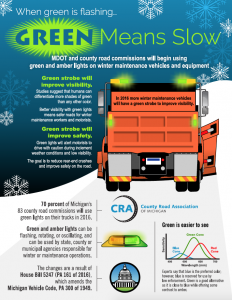 Green Lights Improve Plow Visibility in Michigan
Green Lights Improve Plow Visibility in Michigan
A $100 green lens has helped Michigan DOT fight rear-end accidents with winter maintenance vehicles. MDOT has installed green lenses on trucks during the past two years as lights are replaced. The green lights are more visible than white ones in a snowstorm, and in two years MDOT has not had any rear-end crashes with vehicles that have them installed. Use of the green lights was made possible by an amendment to the Michigan Vehicle Code that allows for the use of green on maintenance vehicles. News release.
[divider]
Research Reports
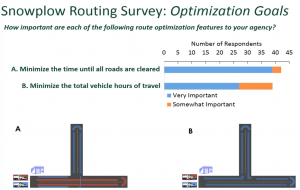 Identifying Best Practices for Snowplow Route Optimization
Identifying Best Practices for Snowplow Route Optimization
Clear Roads Project 14-07
Well-designed snowplow routes allow winter maintenance agencies to make the most effective use of their fleets. This project identified best practices for snowplow route optimization and facility placement for state DOTs. There are several commercial software packages that offer most or all of the most important features for route optimization. No routes generated are perfect, so winter maintenance professionals who fully understand operational constraints should review routes before they are implemented. Report.
[divider]
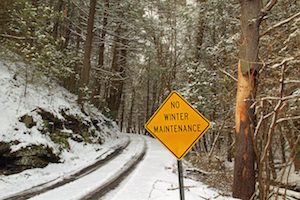 North American Study on Contracting Snow and Ice Response
North American Study on Contracting Snow and Ice Response
Clear Roads Project 15-03
Many agencies have chosen to contract winter maintenance services to supplement in-house services on an as-needed basis or as a long-term replacement for in-house services. While the practice is widespread, there is little information available about the factors that can contribute to a successful contracting arrangement. Through a literature review and survey of transportation agencies, this project identified costs, benefits, best practices and complexities related to contracting winter maintenance services. A solid working partnership between agencies and contractors and clearly written contracts are important components of successful contracting. Report.
[divider]
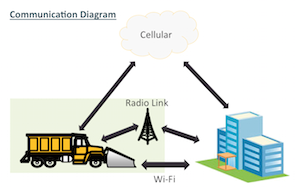 Plug-and-Play Initiative: Phase II
Plug-and-Play Initiative: Phase II
Clear Roads Project 14-04
As winter road maintenance has become more data driven, the lack of interoperability among different systems has started to limit agencies’ ability to collect and share data. Clear Roads’ Plug-and-Play Initiative is working to develop data protocols to enable compatibility across winter maintenance equipment regardless of manufacturer or service provider. Previous work established a protocol to allow automatic vehicle location to communicate with spreader controllers, while this phase is laying the groundwork for open protocols to allow plow equipment to communicate with a central office or another point location. Report.
[divider]
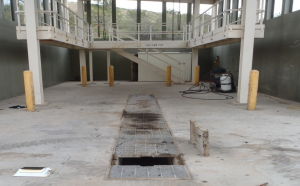 Snowplow Truck Washing Practices: Synthesis Report
Snowplow Truck Washing Practices: Synthesis Report
Clear Roads Synthesis 16-S1
Salt is essential to many winter maintenance operations, but it can damage the trucks used to apply it. This synthesis identified best practices for washing salt from maintenance vehicles, including the use of in-house wash bays and off-site commercial washing facilities. All 33 states responding to a survey reported doing at least some in-house washing, either with or without wash bays. While most wash bays are not automated, three states reported having at least one automated wash bay planned or in operation. The synthesis also investigated wastewater management practices, with discharging wastewater to a sanitary sewer the most common disposal practice. Report.
[divider]
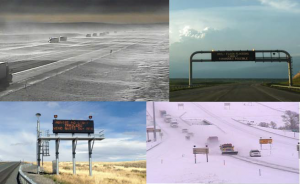 Collaboration Across the Road Weather Enterprise: The Pathfinder Project
Collaboration Across the Road Weather Enterprise: The Pathfinder Project
FHWA Report FHWA-HOP-16-086
The Pathfinder project was created in 2014 as a pilot project by California, Nevada, Utah and Wyoming to document state department of transportation interactions and working relationships with the National Weather Service and private-sector weather service providers. This report documents best practices across the agencies for disseminating consistent messages about weather and its impact on roads. It is intended to serve as a guidance document for improving collaboration and encourage further partnerships. Report.
[divider]
 Field Test of Visibility Markers for Snow Maintenance Equipment
Field Test of Visibility Markers for Snow Maintenance Equipment
TRB Annual Meeting Paper 17-02142
Increased use of private contractors for highway snow removal in Ontario has led to inconsistency in marking and lighting winter maintenance vehicles. This research tested an updated standard for vehicle lighting and marking developed by the Ministry of Transportation of Ontario, which has now been published as a national guideline by the Transportation Association of Canada. Based on the results of those tests, the final standard includes a fluorescent yellow-green/black checkerboard with Type III/IV sheeting, constant amber and flashing blue LED light bars beside and above the checkerboard, red and white retroreflective tape outlining the checkerboard, and amber and blue rotating beacons on the roof of the cab and the top corners of the back of the vehicle. Report.
[divider]
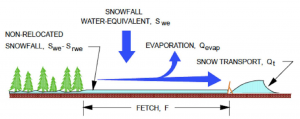 Snow Fences for Reducing the Impacts of Snow Drifts on Highways: A Renewed Perspective
Snow Fences for Reducing the Impacts of Snow Drifts on Highways: A Renewed Perspective
TRB Annual Meeting Paper 17-05215
This research reviewed literature and survey responses to improve the effectiveness of snow fences, particularly living snow fences, at eliminating blowing and drifting snow on roadways. Nearly all responding agencies have snow fence programs, and living snow fences are preferred by both DOTs and farmers due to their cost-effectiveness and benefits to the environment and landowners. Obtaining agreements to establish fences on productive land is a significant challenge. To develop science-based design and siting guidelines, numerical modeling can be used to simulate flow and snow transport around fences. Report.
[divider]
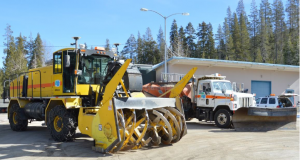
Field Testing of the Snowplow Driver Assistance System
California Department of Transportation Report CA17-2990
Caltrans has identified and begun testing a snowplow guidance system, originally developed at the University of Minnesota, to aid in snow removal operations in the Sierra Nevada mountains. This research continued Caltrans’ evaluation of the system through ride-along observations of operators using the system and informal interviews with plow drivers. The system worked well for both lane-keeping and obstacle detection purposes in above-freezing environments. However, icing on the radar enclosure caused the radar to malfunction, so the system cannot be used in whiteout conditions. A new radar enclosure design to address these issues has been developed but has not yet been tested. Report.
[divider]
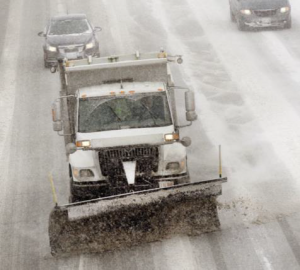 Route Optimization, Phase 1
Route Optimization, Phase 1
Ohio DOT Report 2016-20
Ohio DOT has a fleet of about 1,600 snowplow trucks that maintain 43,000 miles of roadway. ODOT has traditionally used county borders as maintenance boundaries for its garages. Advancements in route optimization, however, suggest that removing those borders may produce significant time and cost savings. This project used three ODOT districts as route optimization case studies. Broader implementation could reduce costs, improve driver safety, and guide future maintenance facility construction. Report.
[divider]
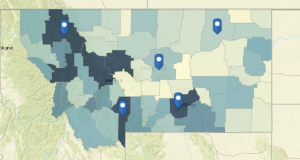
Assessment of Montana Road Weather Information System: Site Prioritization Model for Montana RWIS
Montana Department of Transportation Interim Report
Like many DOTs, the Montana Department of Transportation is expanding its RWIS program. Budgets limit the number of sites where MDT can install environmental sensor stations. Traditionally, site selection has been a subjective process based primarily on the expertise of DOT personnel and meteorologists, but there is a need for an objective prioritization model to guide future network expansion. This project proposed a scheme for evaluating sites based on weather conditions, highway network served, expected safety benefits, geographic coverage of existing stations in the area, and other factors. Report.
[divider]
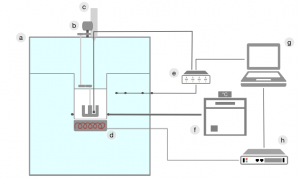 Measuring Ice Melting Capacity Using Calorimetry
Measuring Ice Melting Capacity Using Calorimetry
Transportation Research Board Annual Meeting Paper 17-00115
A deicing product’s melting capacity is an important indicator of its applicability for use in winter maintenance. Standard American test methods for solid and liquid deicers have been shown to provide inadequate accuracy for research purposes, however. This paper describes how calorimetry, a measure of heat changes that occur in any chemical process, can be used to measure melting capacity. A custom-built calorimeter was more accurate than earlier test methods, such as ice cube titration or the shaker test. Report.
[divider]
Mechanism and Effects of Snow Accumulations and Controls by Lightweight Snow Fences
Journal of Modern Transportation, December 2016
This research used the computational fluid dynamics method to investigate snowdrifts caused by lightweight fences. Increased fence height increases the fence’s capacity to intercept snow as well as the distance between the fence and the second snow deposition zone. Fences with larger bottom gaps are recommended to ensure aerodynamic performance of vehicles due to accelerated airflows on the leeward side. Report.
[divider]
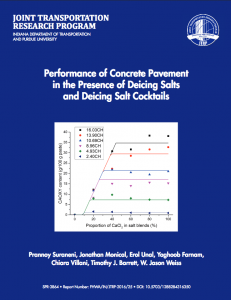 Performance of Concrete Pavement in the Presence of Deicing Salts and Deicing Salt Cocktails
Performance of Concrete Pavement in the Presence of Deicing Salts and Deicing Salt Cocktails
Joint Transportation Research Program Report 2016/25
While sodium chloride is traditionally the most commonly used deicer, agencies have started using a variety of other materials to work at lower temperatures, reduce environmental impact or minimize corrosion. Some chloride-based salts can react with calcium hydroxide in concrete pavements to form calcium oxychloride, which can damage pavement, especially at the joints. This report documents the development of a standardized approach for assessing calcium oxychloride formation using low-temperature differential scanning calorimetry, and assesses the influence of blends of sodium chloride and calcium chloride on calcium oxychloride formation. Report.
[divider]
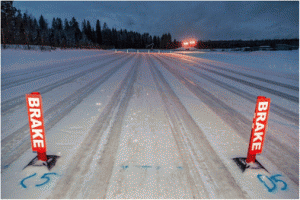 Effects of Winter Tire Type on Roughness and Polishing of Road Surfaces Covered with Ice and Compact Snow
Effects of Winter Tire Type on Roughness and Polishing of Road Surfaces Covered with Ice and Compact Snow
European Transport Research Review, March 2017
This field study compared the effect of various proportions of studded and nonstudded tires on the roughness and polishing of ice- or compacted snow-covered road surfaces. On a test track, five lanes were driven 642 times apiece, but each lane was driven by a different proportion of cars with studded tires. Lanes where 0 or 25 percent of cars had studded tires had lower friction levels than lanes where at least half the driving passes were by cars with studded tires. However, increasing the proportion of studded tires beyond 50 percent did not improve friction further. Report.
[divider]
Research in Progress
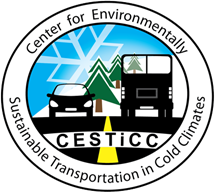 Investigation of Alternative Deicers for Snow and Ice Control
Investigation of Alternative Deicers for Snow and Ice Control
This project will identify and evaluate alternatives to chlorides for snow and ice control operations. In particular, the project will focus on potassium acetate and potassium succinate to determine if they are cost-competitive, can meet level of service standards, and can reduce impacts to the environment and infrastructure. The work will include a literature review and laboratory testing of selected deicing products. Abstract.
[divider]
 Techniques for Efficient Detection of Rapid Weather Changes and Analysis of Their Impacts on a Highway Network
Techniques for Efficient Detection of Rapid Weather Changes and Analysis of Their Impacts on a Highway Network
Adverse weather conditions can significantly impact the safety and mobility of highway networks. This project will investigate methods to efficiently detect rapid changes in weather using a network of weather stations; analyze their impacts on travel speed, travel time and congestion; and forecast short-term traffic flow conditions following rapid weather changes. Abstract.
[divider]
 Estimating the Application Rate for Liquid Chloride Products Based on Residual Salt Concentration on the Pavement
Estimating the Application Rate for Liquid Chloride Products Based on Residual Salt Concentration on the Pavement
This project will determine and document the residual salt concentration on pavement after initial salt application during snow and ice control operations. This information can then be used to recommend modified application rates, which may help winter maintenance agencies reduce salt usage and improve sustainability while meeting necessary levels of service. Abstract.
[divider]
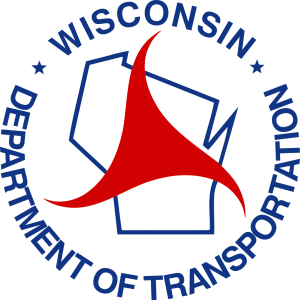
Evaluation of the Effects of Deicers on Concrete Durability
Rock salt and other deicers are known to damage concrete. There is little information available about the effects of anti-icing practices and newer deicers like calcium chloride, magnesium chloride and agricultural by-products on Wisconsin’s concrete highways relative to rock salt. This project will conduct a literature review and field survey to evaluate the impact of commonly used deicers and anti-icers on concrete slabs in Wisconsin. Researchers will make deicer and anti-icer recommendations considering public safety, concrete performance, roadway conditions and cost. Abstract.
[divider]
 Locally Sourced Renewable Additives for Infrastructure-Friendly Snow/Ice Control Operations
Locally Sourced Renewable Additives for Infrastructure-Friendly Snow/Ice Control Operations
A preliminary laboratory study suggested that a deicer additive sourced from apple pomace may inhibit corrosion more effectively than additives sourced from waste sugarbeet leaves. Washington State DOT has expressed interest in using the formulation in pre-wetting operations, and this project will attempt to develop innovative formulations using locally sourced agricultural waste and fruit by-products. Abstract.
[divider]
To be notified when new issues of this newsletter are posted and to receive the latest Clear Roads news and project updates, join our mailing list.
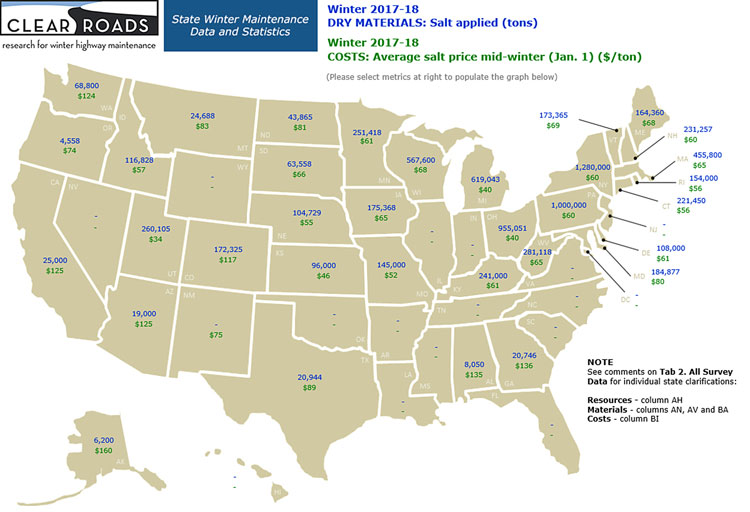
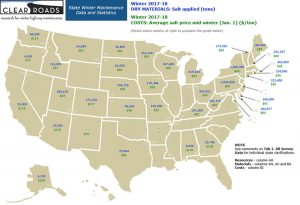 Clear Roads has published its fourth Annual Survey of State Winter Maintenance Data, which compiles data on winter resources, materials and costs from 35 states for the 2017-2018 winter season. The spreadsheet-based tool includes a United States map that displays many of these metrics. The tool includes four years of data, and displays averages and changes across winter seasons. See the project page.
Clear Roads has published its fourth Annual Survey of State Winter Maintenance Data, which compiles data on winter resources, materials and costs from 35 states for the 2017-2018 winter season. The spreadsheet-based tool includes a United States map that displays many of these metrics. The tool includes four years of data, and displays averages and changes across winter seasons. See the project page.



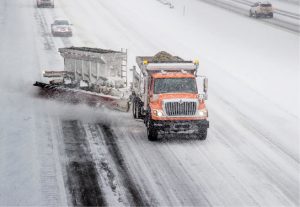
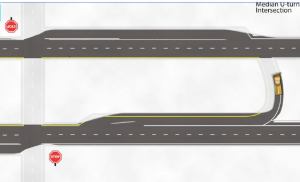
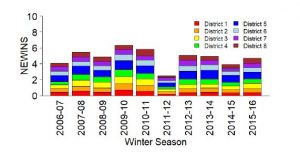
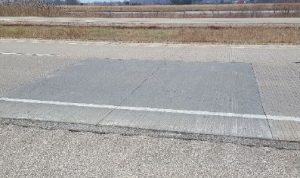
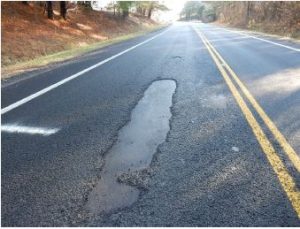
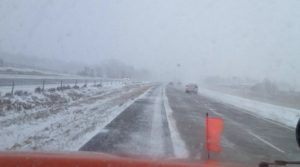
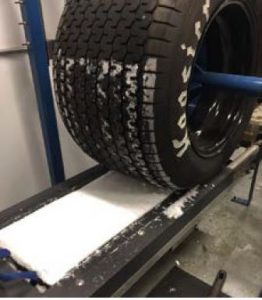
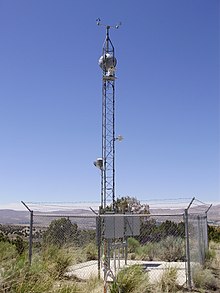
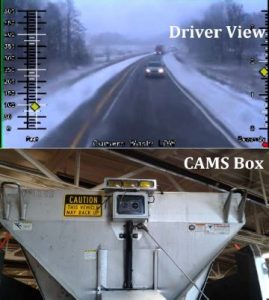
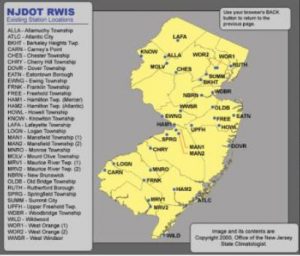
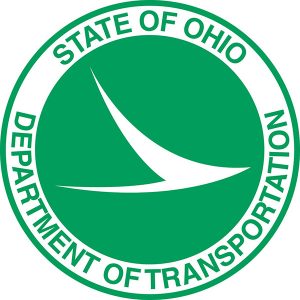

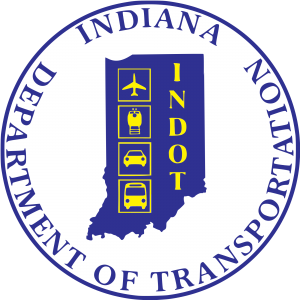

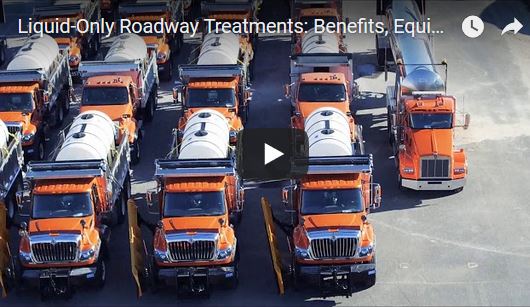
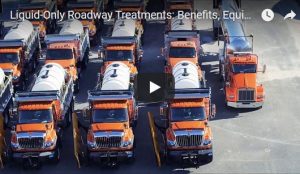
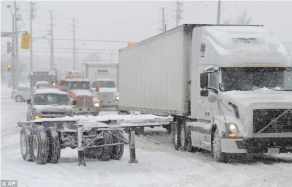

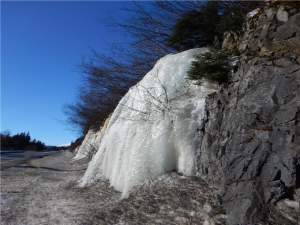
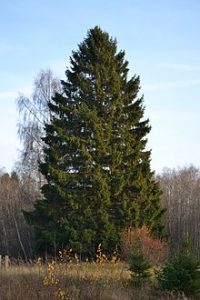
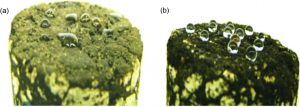
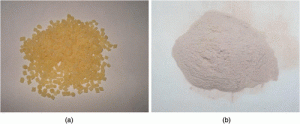


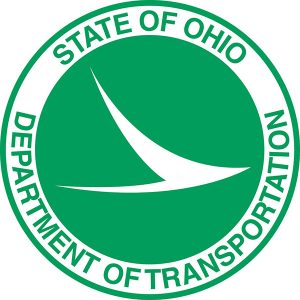
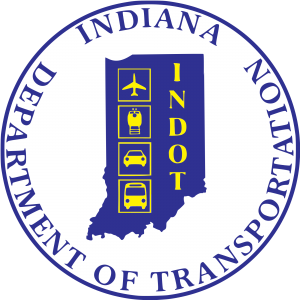
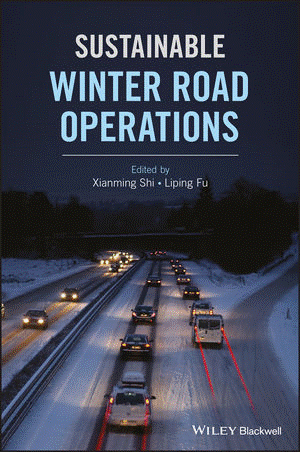
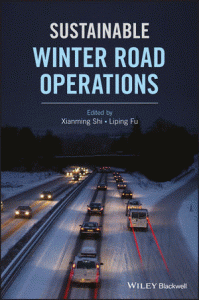
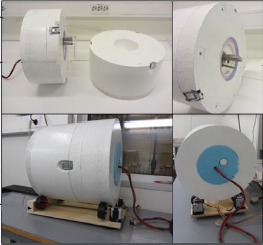
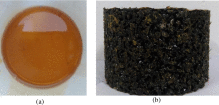
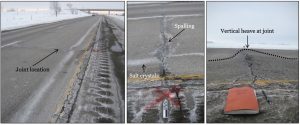
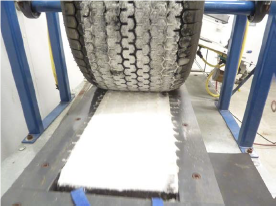
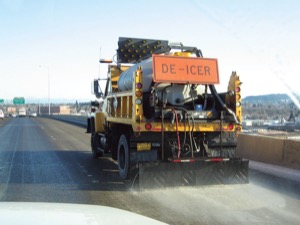
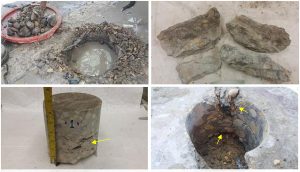
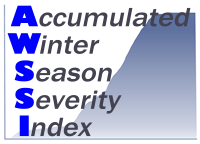
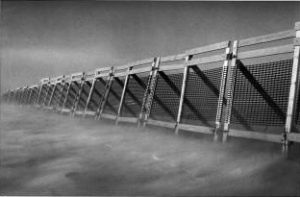
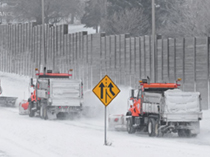
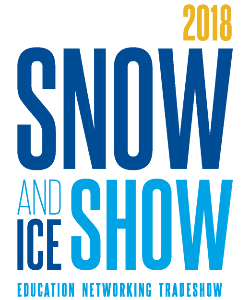
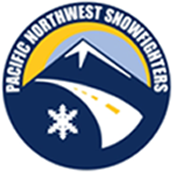

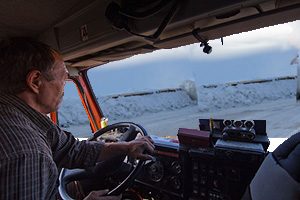
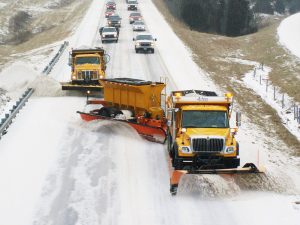
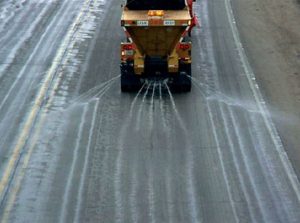
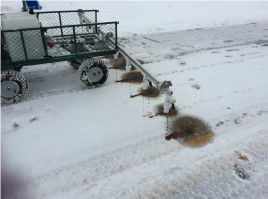
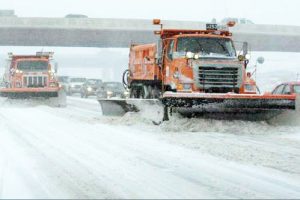
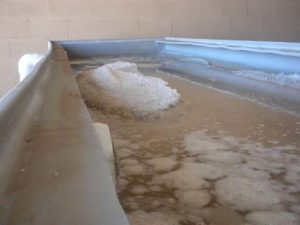
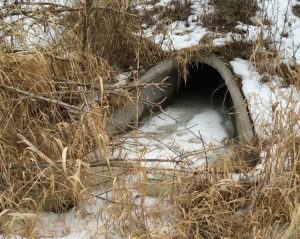
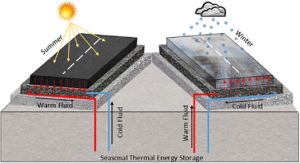
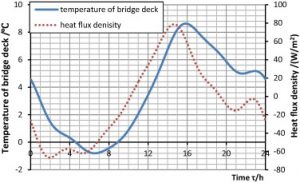
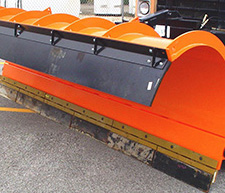


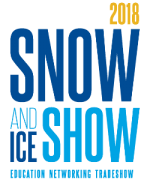


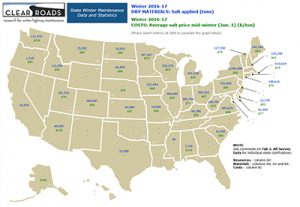
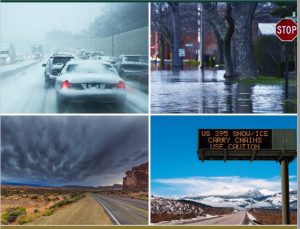


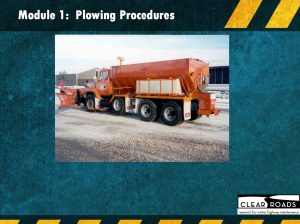
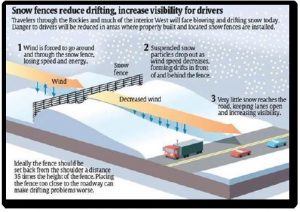
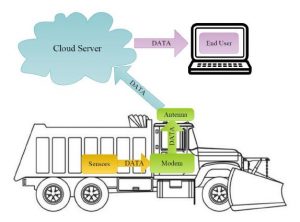
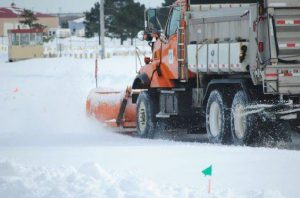 Salt Brine Blending to Optimize Deicing and Anti-Icing Performance and Cost Effectiveness: Phase III
Salt Brine Blending to Optimize Deicing and Anti-Icing Performance and Cost Effectiveness: Phase III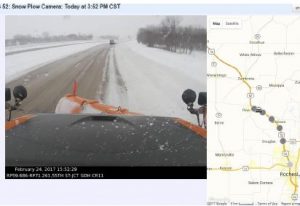
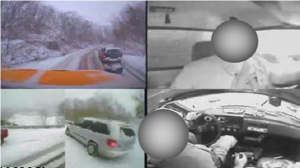

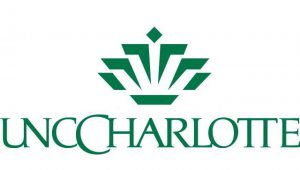

 Snow & Ice Symposium
Snow & Ice Symposium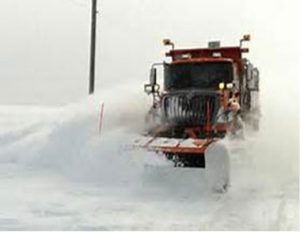 FHWA 2017 Road Weather Management Stakeholder Meeting
FHWA 2017 Road Weather Management Stakeholder Meeting AASHTO Subcommittee on Maintenance Annual Meeting
AASHTO Subcommittee on Maintenance Annual Meeting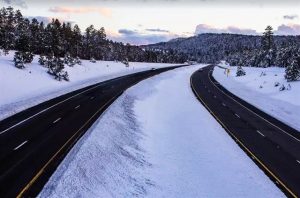
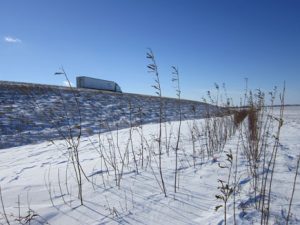
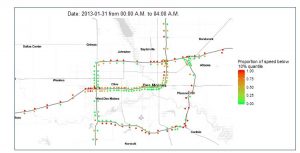 Improving Estimates of Real-Time Traffic Speeds During Weather for Winter Maintenance Performance Measurements
Improving Estimates of Real-Time Traffic Speeds During Weather for Winter Maintenance Performance Measurements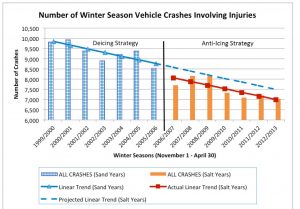 A Reduction in Nonfatal-Injury Motor Vehicle Crashes with Anti-Icing Technology
A Reduction in Nonfatal-Injury Motor Vehicle Crashes with Anti-Icing Technology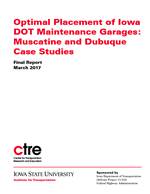 Optimal Placement of Iowa DOT Maintenance Garages: Muscatine and Dubuque Case Studies
Optimal Placement of Iowa DOT Maintenance Garages: Muscatine and Dubuque Case Studies
 North American Snow Conference
North American Snow Conference
 Green Lights Improve Plow Visibility in Michigan
Green Lights Improve Plow Visibility in Michigan Identifying Best Practices for Snowplow Route Optimization
Identifying Best Practices for Snowplow Route Optimization North American Study on Contracting Snow and Ice Response
North American Study on Contracting Snow and Ice Response Plug-and-Play Initiative: Phase II
Plug-and-Play Initiative: Phase II Snowplow Truck Washing Practices: Synthesis Report
Snowplow Truck Washing Practices: Synthesis Report Collaboration Across the Road Weather Enterprise: The Pathfinder Project
Collaboration Across the Road Weather Enterprise: The Pathfinder Project Field Test of Visibility Markers for Snow Maintenance Equipment
Field Test of Visibility Markers for Snow Maintenance Equipment Snow Fences for Reducing the Impacts of Snow Drifts on Highways: A Renewed Perspective
Snow Fences for Reducing the Impacts of Snow Drifts on Highways: A Renewed Perspective
 Route Optimization, Phase 1
Route Optimization, Phase 1
 Measuring Ice Melting Capacity Using Calorimetry
Measuring Ice Melting Capacity Using Calorimetry Performance of Concrete Pavement in the Presence of Deicing Salts and Deicing Salt Cocktails
Performance of Concrete Pavement in the Presence of Deicing Salts and Deicing Salt Cocktails Effects of Winter Tire Type on Roughness and Polishing of Road Surfaces Covered with Ice and Compact Snow
Effects of Winter Tire Type on Roughness and Polishing of Road Surfaces Covered with Ice and Compact Snow Investigation of Alternative Deicers for Snow and Ice Control
Investigation of Alternative Deicers for Snow and Ice Control Techniques for Efficient Detection of Rapid Weather Changes and Analysis of Their Impacts on a Highway Network
Techniques for Efficient Detection of Rapid Weather Changes and Analysis of Their Impacts on a Highway Network
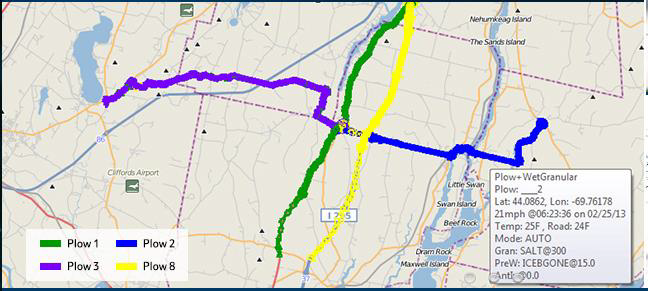
 2018 International Winter Road Congress Call for Papers
2018 International Winter Road Congress Call for Papers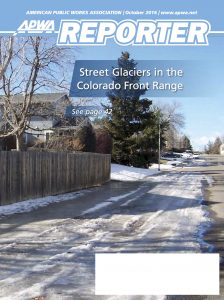 APWA Reporter Features Clear Roads Salt Management Research
APWA Reporter Features Clear Roads Salt Management Research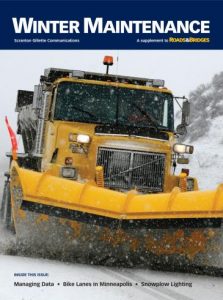 Roads & Bridges Winter Maintenance Supplement Features Clear Roads Research
Roads & Bridges Winter Maintenance Supplement Features Clear Roads Research Kentucky Wins Computerworld Award for Use of Data
Kentucky Wins Computerworld Award for Use of Data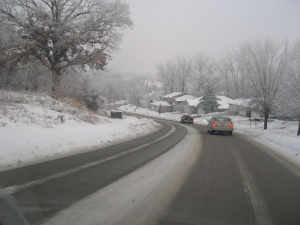 Pacific Northwest Snowfighters Posts Conference Presentations
Pacific Northwest Snowfighters Posts Conference Presentations Iowa State University Study Suggests Faster Plow Replacement Saves Money
Iowa State University Study Suggests Faster Plow Replacement Saves Money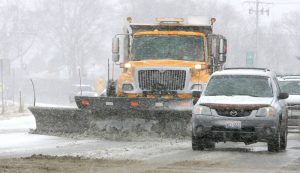
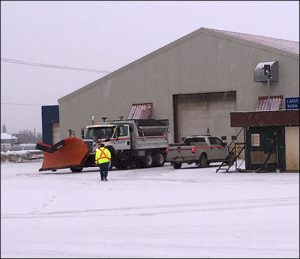 Connected Plows Help Fairbanks Fight Snow
Connected Plows Help Fairbanks Fight Snow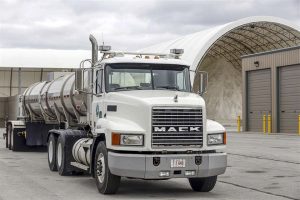 Ohio DOT Plans to Expand Brine Usage
Ohio DOT Plans to Expand Brine Usage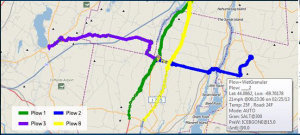 Synthesis on GPS/AVL Equipment Used in Winter Maintenance
Synthesis on GPS/AVL Equipment Used in Winter Maintenance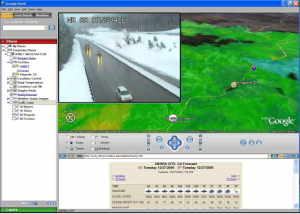 Mobile Real-Time Information System for Snow Fighter Supervisors
Mobile Real-Time Information System for Snow Fighter Supervisors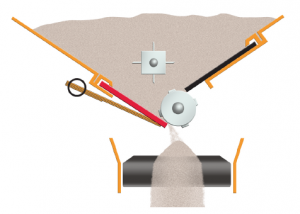
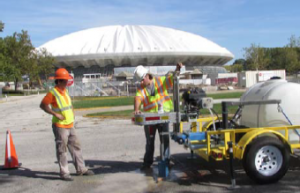 Evaluation of Software Simulation of Road Weather Information System
Evaluation of Software Simulation of Road Weather Information System Snowplow Operator Driving Time: Survey of State and Local Practices
Snowplow Operator Driving Time: Survey of State and Local Practices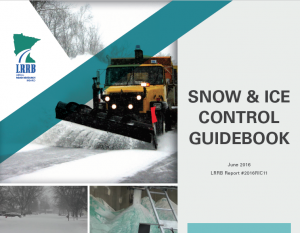 Snow & Ice Control Guidebook
Snow & Ice Control Guidebook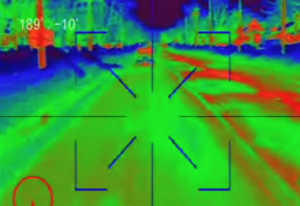 Long-Term & Short-Term Measures of Roadway Snow and Ice Control Performance
Long-Term & Short-Term Measures of Roadway Snow and Ice Control Performance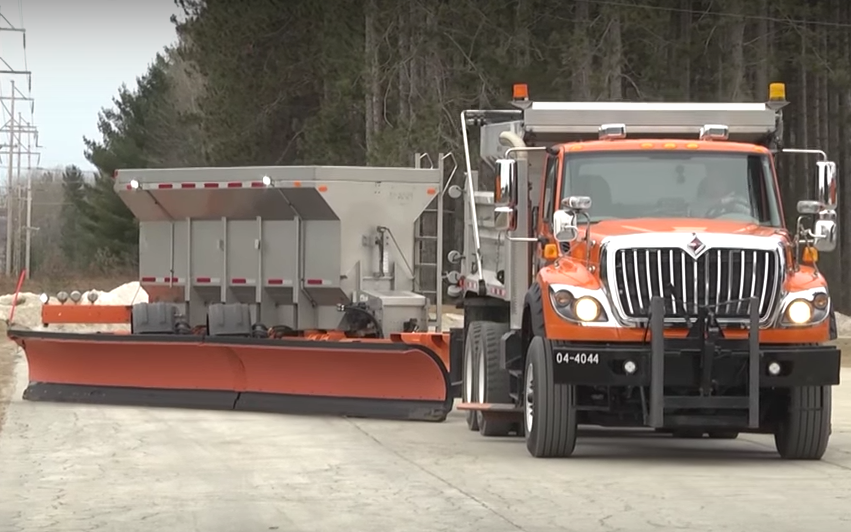 Evaluating the Use of Tow Plows in Michigan
Evaluating the Use of Tow Plows in Michigan Using Operational Data to Access Mobility and Crash Experience During Winter Conditions
Using Operational Data to Access Mobility and Crash Experience During Winter Conditions Snow and Ice Leadership Seminar
Snow and Ice Leadership Seminar Mid Canada Snow Conference
Mid Canada Snow Conference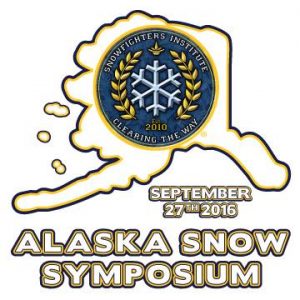 3rd Annual Alaska Snow Symposium
3rd Annual Alaska Snow Symposium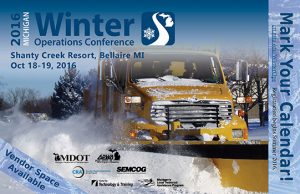 Michigan Winter Operations Conference
Michigan Winter Operations Conference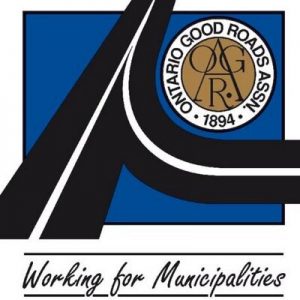 Managing Winter Operations Workshop
Managing Winter Operations Workshop 10th International Conference on Managing Fatigue
10th International Conference on Managing Fatigue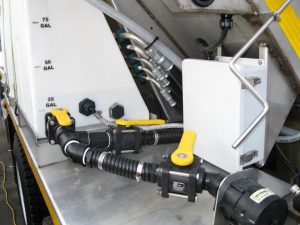 $60 Innovation Saves 30 Minutes Per Deicer Fill-Up
$60 Innovation Saves 30 Minutes Per Deicer Fill-Up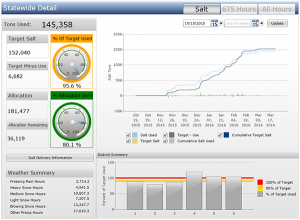 Iowa’s Salt Dashboard Helps Garages Use Salt Efficiently
Iowa’s Salt Dashboard Helps Garages Use Salt Efficiently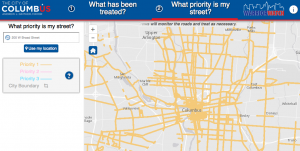 Can Tinted Salt Improve Driver Satisfaction?
Can Tinted Salt Improve Driver Satisfaction?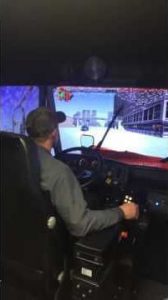 MnDOT Plow Simulator Improves Safety
MnDOT Plow Simulator Improves Safety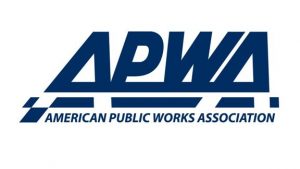 APWA Names Excellence in Snow and Ice Control Award Winners
APWA Names Excellence in Snow and Ice Control Award Winners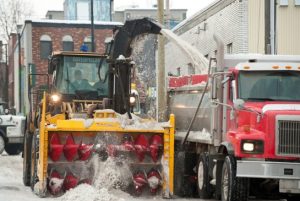 Ottawa Rejects Changes to Snow Plowing Standards
Ottawa Rejects Changes to Snow Plowing Standards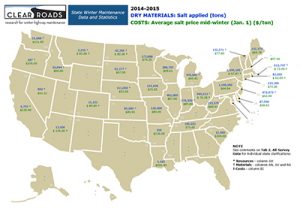 Annual Survey of State Winter Maintenance Data
Annual Survey of State Winter Maintenance Data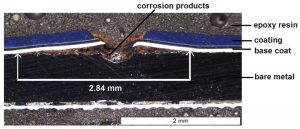 Evaluation of Cost Effective Protective Coatings for ODOT Snow & Ice Equipment
Evaluation of Cost Effective Protective Coatings for ODOT Snow & Ice Equipment Bio-based Renewable Additives for Anti-icing Applications (Phase I)
Bio-based Renewable Additives for Anti-icing Applications (Phase I) Ensuring Accuracy of Roadway Surface Condition Sensors
Ensuring Accuracy of Roadway Surface Condition Sensors Identification and Recommendations for Correction of Equipment Factors Causing Fatigue in Snowplow Operators
Identification and Recommendations for Correction of Equipment Factors Causing Fatigue in Snowplow Operators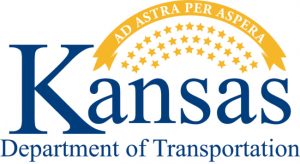 Self-Deicing LED Signals
Self-Deicing LED Signals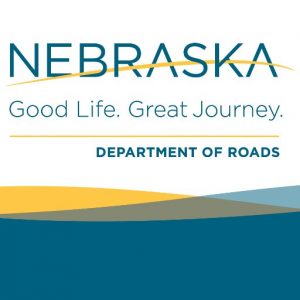 Phase I: Developing the NDOR Winter Severity Index to Improve Safety and Mobility
Phase I: Developing the NDOR Winter Severity Index to Improve Safety and Mobility